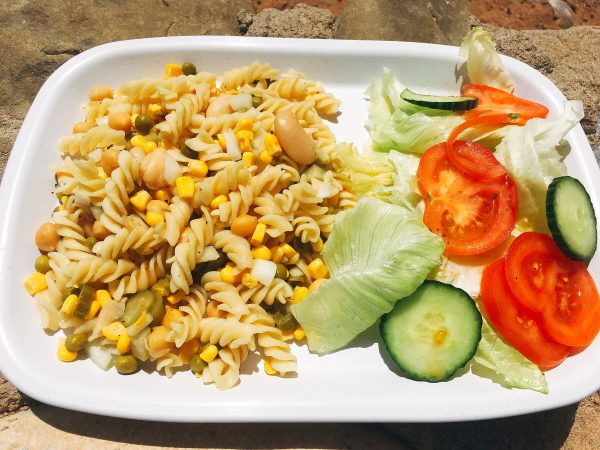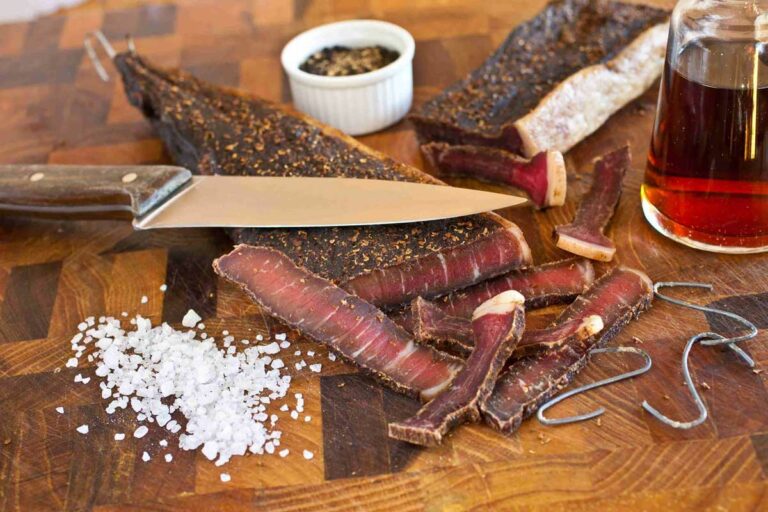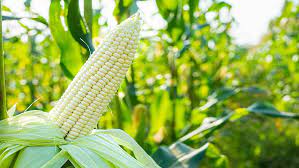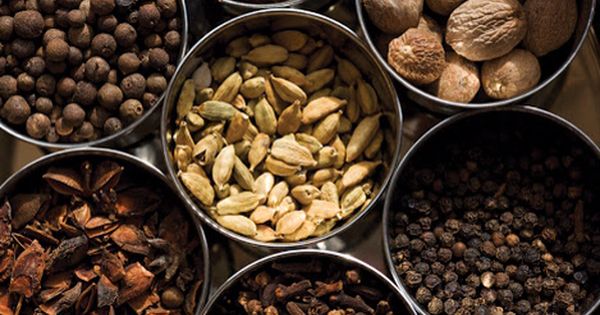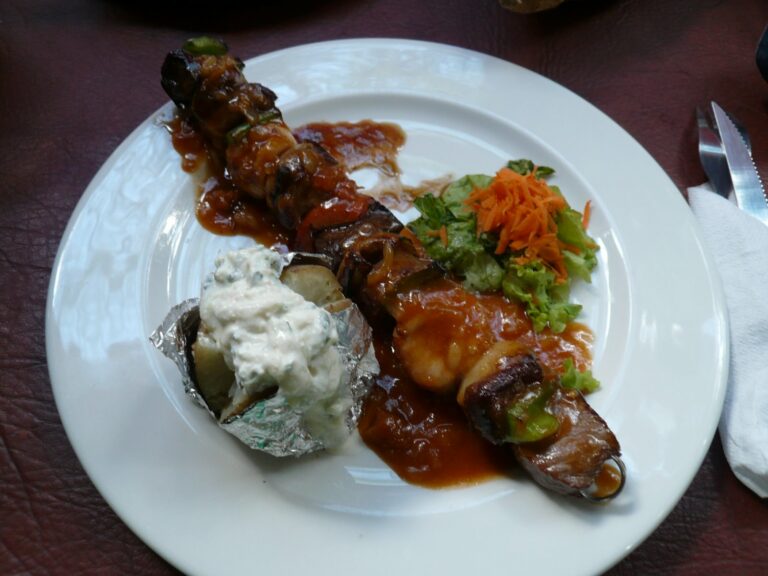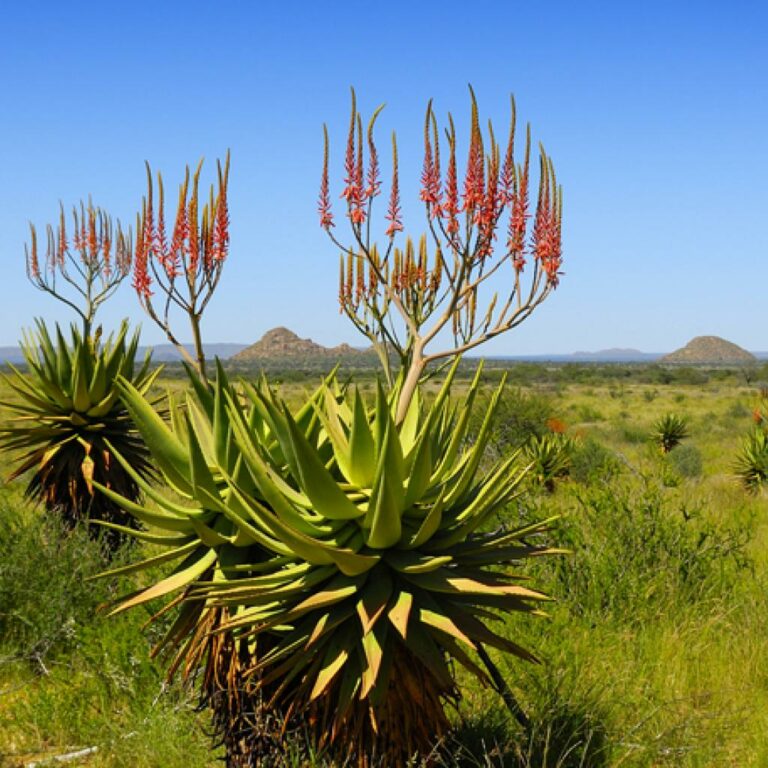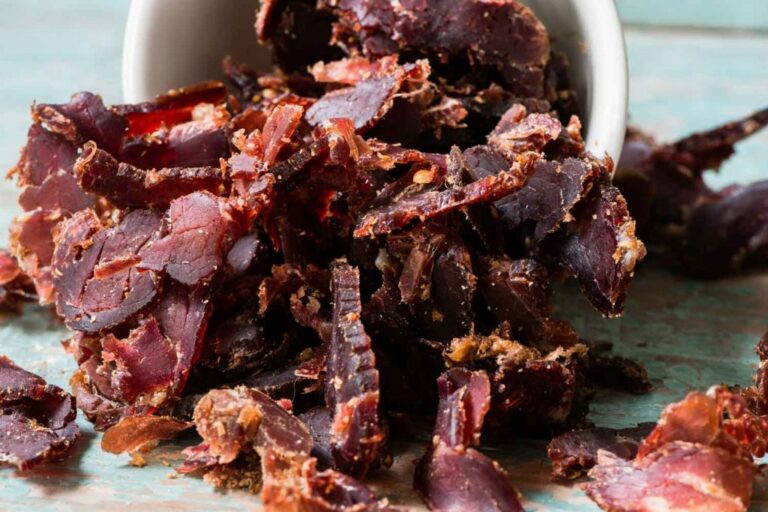Introduction: Namibian cuisine and vegetarianism
Namibia is a country located in southern Africa, well known for its vast deserts, unique wildlife, and diverse cultures. Its cuisine is influenced by its geography and people, combining traditional African dishes with European and Asian flavors. However, Namibian cuisine is predominantly meat-based, featuring beef, game, and seafood as primary ingredients.
Vegetarianism, while not uncommon in other parts of the world, is still a relatively new concept in Namibia. Many Namibians view meat as an essential part of their diet and culture and are often surprised when someone chooses not to eat it. However, with the rise of health and environmental concerns, more and more people are exploring vegetarianism as an alternative lifestyle.
The role of meat in Namibian cuisine
Meat plays a significant role in Namibian cuisine, dating back to the country’s colonial past. Cattle farming has been a vital part of the Namibian economy for centuries, with beef being the most popular meat. Game meat, such as kudu, oryx, and springbok, are also consumed widely and are considered a delicacy in some parts of the country. Seafood is also abundant along the coast, and fish dishes are a common sight in many Namibian restaurants.
Meat is a symbol of wealth and status in Namibia, and it’s often served in large portions during special occasions. Braai, the Namibian version of a barbeque, is a popular social activity where people gather to grill meat and socialize. It’s not uncommon for Namibians to eat meat during every meal, including breakfast, where a common dish is minced meat mixed with porridge.
Traditional vegetarian dishes in Namibia
Traditional Namibian cuisine may be meat-centric, but there are a few vegetarian options available. One such dish is Oshifima, a staple food made from mahangu flour. It’s often served with a vegetable sauce made from spinach, pumpkin leaves, or wild mushrooms. Another traditional dish is Kapana, a street food made from grilled meat that’s usually served with a spicy tomato salsa. However, some street vendors offer Kapana with grilled tofu, which makes it a vegetarian-friendly option.
Modern vegetarian options in Namibian restaurants
With the rise of vegetarianism, many Namibian restaurants have started offering vegetarian-friendly options. The capital, Windhoek, has an increasing number of restaurants that cater explicitly to vegetarians and vegans. These restaurants offer a range of dishes, from salads to pasta, and even vegan burgers. Some restaurants have also started offering meat substitutes, such as soy and jackfruit, as an alternative to meat.
Vegetarian-friendly food markets in Namibia
Several food markets in Namibia sell vegetables, fruits, and other vegetarian-friendly products. In Windhoek, the Green Market offers organic produce, homemade jams, and chutneys, and vegan sweets. The market also sells vegetarian-friendly dishes, such as falafel and roasted vegetables. Other markets, such as the Namibia Craft Centre and Oshikoto Women’s Market, sell handmade crafts and souvenirs, but they also offer vegetarian-friendly snacks and drinks.
Conclusion: Vegetarianism in Namibia and its future prospects
While Namibian cuisine is still primarily meat-based, the rise of vegetarianism and environmental concerns have led to an increase in vegetarian-friendly options. The availability of vegetarian dishes in traditional restaurants and the rise of vegetarian-friendly establishments have given vegetarians more options than ever before. Furthermore, the abundance of fresh produce and the increasing number of food markets that cater to vegetarians suggest that vegetarianism in Namibia is on the rise. As we move towards a more sustainable future, it’s likely that vegetarianism will become even more popular in Namibia, and we can expect to see more vegetarian-friendly options in the future.

